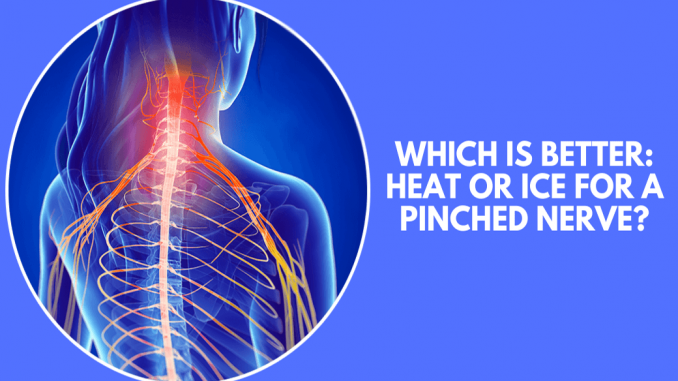
Usual pinched nerve in the neck symptoms and warning signs? Cervical radiculopathy most often arises from degenerative changes that occur in the spine as we age or from an injury that causes a herniated, or bulging, intervertebral disk. Degenerative changes. As the disks in the spine age, they lose height and begin to bulge. They also lose water content, begin to dry out, and become stiffer. This problem causes settling, or collapse, of the disk spaces and loss of disk space height. As the disks lose height, the vertebrae move closer together. The body responds to the collapsed disk by forming more bone—called bone spurs—around the disk to strengthen it. These bone spurs contribute to the stiffening of the spine. They may also narrow the foramen—the small openings on each side of the spinal column where the nerve roots exit—and pinch the nerve root. Read additional details on pain management.
In most cases, the pain of cervical radiculopathy starts at the neck and travels down the arm in the area served by the damaged nerve. This pain is usually described as burning or sharp. Certain neck movements—like extending or straining the neck or turning the head—may increase the pain. Other symptoms include: Tingling or the feeling of “pins and needles” in the fingers or hand Weakness in the muscles of the arm, shoulder, or hand Loss of sensation.
Pinched nerve in the neck natural remedy : Stretch: According to Deukspine, “In most pinched nerve scenarios, with rest and proper stretching, you can usually get rid of the problem within a few days.” Gentle stretches can help relieve the pressure on your nerve or nerves and improve symptoms, he says. The best stretches will vary, depending on the pinched nerve location. Try these if the pinched nerve is located in your neck and these if it’s located in your upper back. Important: Don’t go too deeply into a stretch! If you begin to feel pain or discomfort, ease up on the stretch. Remember that small movements can have a big impact.
The following measures may help you prevent a pinched nerve: Maintain good positioning — don’t cross your legs or lie in any one position for a long time. Incorporate strength and flexibility exercises into your regular exercise program. Limit repetitive activities and take frequent breaks when engaging in these activities. Maintain a healthy weight. The following factors may increase your risk of experiencing a pinched nerve: Rheumatoid arthritis. Inflammation caused by rheumatoid arthritis can compress nerves, especially in your joints. Thyroid disease. People with thyroid disease are at higher risk of carpal tunnel syndrome.
Invest in roller balls: Another option for people with wrist pain is roller balls, which are basically foam rollers for your tight arm muscles. (Prefer to shop online? See here and here). Using these as often as possible — ideally once every hour — can be therapeutic. Wear a wrist splint: For people with severe carpal tunnel syndrome, a splint can be beneficial. Why? Because it forces you to rest and protect your wrist. (Typically, wrist braces or supports aren’t recommended as an early treatment strategy.)
Who does cervical radiculopathy affect? Anyone can get cervical radiculopathy, but it’s more common in adults. Cervical radiculopathy caused by a herniated disk is more common in people up to 50 years old. And cervical radiculopathy caused by disk degeneration is more common in people in their 50s and 60s. People in their 70s or older tend to get cervical radiculopathy from foraminal narrowing as a result of arthritis. The foramen is the bony hollow opening between vertebrae through which spinal nerve roots travel.
